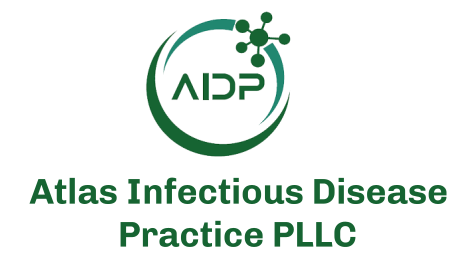In a previous life, Matthew Hepburn, MD, an infectious disease physician, worked with the Biden and Trump Administrations, and held the role of vaccine development lead for Operation Warp Speed, which was instrumental in developing COVID-19 vaccines in less than a year. This task was monumental considering it typically takes years to develop vaccines, and the pandemic was causing such a large human toll.
Prior to that position, he has had a variety of roles in the Army and government including his 6-year tenure as a program manager at DARPA. Prior to joining DARPA, Hepburn served as the director of Medical Preparedness on the White House National Security Staff. His service in the Army included deployments to Iraq as a hospital Chief Medical Officer and numerous international engagements in establishing public health and clinical research partnerships.
With a long track record in government service, he recently transitioned to the private sector. In his current role as executive vice president of Research and Development at Panther Life Sciences, he will drive the company’s efforts to commercialize its patented Microarray Patch (MAP) technology, with a primary focus on reducing time-to-market and delivering the first commercial product to customers within the next 2 years. Panther is a start-up life sciences company based in New York City. 1
“I have a massive newfound respect for people that are part of the startup community, because it is so challenging to be successful. It is such a commitment,” Hepburn said. “What I love about it is it reminds me a lot of that commitment we had at Operation Warp Speed, where everybody on your team is committed to the goal of making a big vision real.”
The patch platform is a novel technology which incorporates transdermal drug delivery systems. This consists of an array of tiny needles—each just hundreds of microns long—designed to pierce the outermost layer of the skin without reaching the deeper pain receptors, resulting in a virtually pain-free experience. Upon application, the biocompatible tips, which are loaded with therapeutic agents or vaccines, begin to dissolve within the interstitial fluid of the skin, releasing the medication directly into the epidermis and dermis.
“Micro needles are much shorter than the needle you get with a shot, but they go into your skin at the level where you can get a really effective immune response or use it to treat something,” Hepburn said. “So this idea of precision medicine—putting the right amount of material at the right time for the right patient—you can achieve a magnificent effect. And the design of these needles are such that you can put the vaccine or the drug on them. You surround them with these micro needles that are formed of polymers that just dissolve right underneath your skin. And they stay stable at room temperature.”
Although the technology is in its earliest stages, Hepburn does see it being utilized as a vaccine, as well potential infectious disease applications. He says right now they are working on the proof of concept first before they can pivot to specific disease states and applications.
This is part 1 of a 2-part interview. In the second installment, Hepburn offers some insights on his time working on Operation Warp Speed.
Reference
1.Operation Warp Speed Leader Tapped as Panther Life Sciences’ New R&D Chief. EIN Presswire. March 24, 2025. Accessed April 18, 2025.
https://www.einpresswire.com/article/796443993/operation-warp-speed-leader-tapped-as-panther-life-sciences-new-r-d-chief






